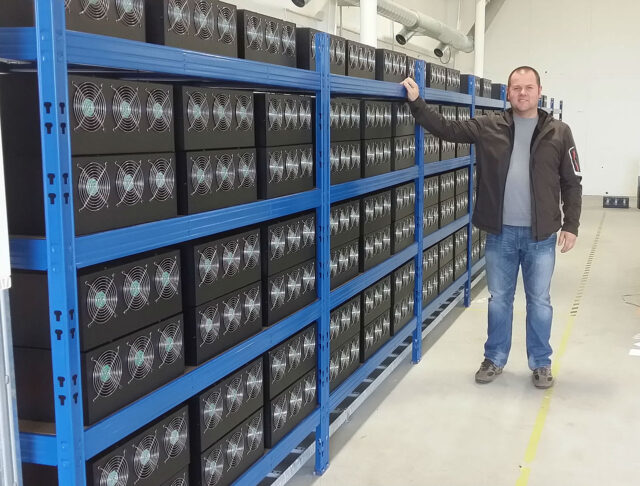Proof of Work (PoW) and Proof of Stake (PoS) are two different types of consensus algorithms used by blockchain networks to verify transactions and add new blocks to the blockchain. They are critical for maintaining the security, integrity, and agreement among all nodes on the network.
Proof of Work
Proof of Work was the first consensus algorithm implemented in a cryptocurrency, notably in Bitcoin. It’s based on a concept where miners compete to solve a complex mathematical problem, with the first one to solve it being rewarded with the cryptocurrency. The “work” is the computational power expended to solve the problem.
In Proof of Work, miners must use their computational resources to solve a cryptographic puzzle. This puzzle is essentially a mathematical problem that is hard to solve but easy to verify. The difficulty of the puzzle adjusts with the total power of the network, ensuring that a new block is added approximately every ten minutes (in the case of Bitcoin).
However, Proof of Work has some drawbacks. It requires a significant amount of energy, which raises environmental concerns. This energy consumption is due to the computational power needed to solve the problems and maintain the network. Furthermore, PoW can lead to centralization because it tends to favor those who can afford more and better hardware.
Proof of Stake
Proof of Stake is a consensus algorithm that selects the creator of a new block based on their stake, or ownership, of coins in a cryptocurrency. Instead of miners competing to solve problems, in Proof of Stake, validators are chosen to create a new block based on the number of coins they hold and are willing to ‘stake’ as collateral.
In a PoS system, instead of miners, there are validators. Validators lock up some of their coins as a stake in the ecosystem. Following that, the validators bet on the blocks that they feel will be added next to the chain. When the block gets added, the validators get a reward proportionate to their bets.
Proof of Stake addresses some of the issues inherent in Proof of Work. It significantly reduces the energy needed to add a block to the blockchain, making it more environmentally friendly. It also reduces the risk of centralization since it does not require expensive hardware.
However, PoS is not without its concerns. One such concern is the “Nothing at Stake” problem, where a validator has nothing to lose by validating on multiple blockchain forks, which could lead to double-spending. Some PoS systems address this by implementing penalties for such behavior.
Conclusion
Proof of Work and Proof of Stake are two fundamental technologies that underpin many cryptocurrencies today. They each have their strengths and weaknesses and are suited to different applications.
Proof of Work, as the original consensus mechanism of Bitcoin, has proven itself as a secure and robust model but is criticized for its environmental impact.
On the other hand, Proof of Stake is gaining popularity for its efficiency and lower energy consumption, but it’s not as battle-tested and comes with its own set of potential issues.
It’s worth noting that some cryptocurrencies are considering transitioning from PoW to PoS. For instance, Ethereum, one of the largest and most significant cryptocurrencies, has been planning a switch to PoS (known as Ethereum 2.0) in order to address scalability and energy consumption issues.
The future will tell which consensus mechanism will dominate or if a balance of the two will continue to coexist, providing options for different use cases and philosophies within the diverse field of blockchain technology.










